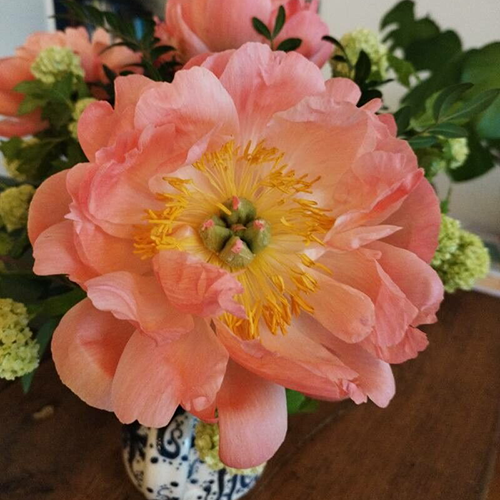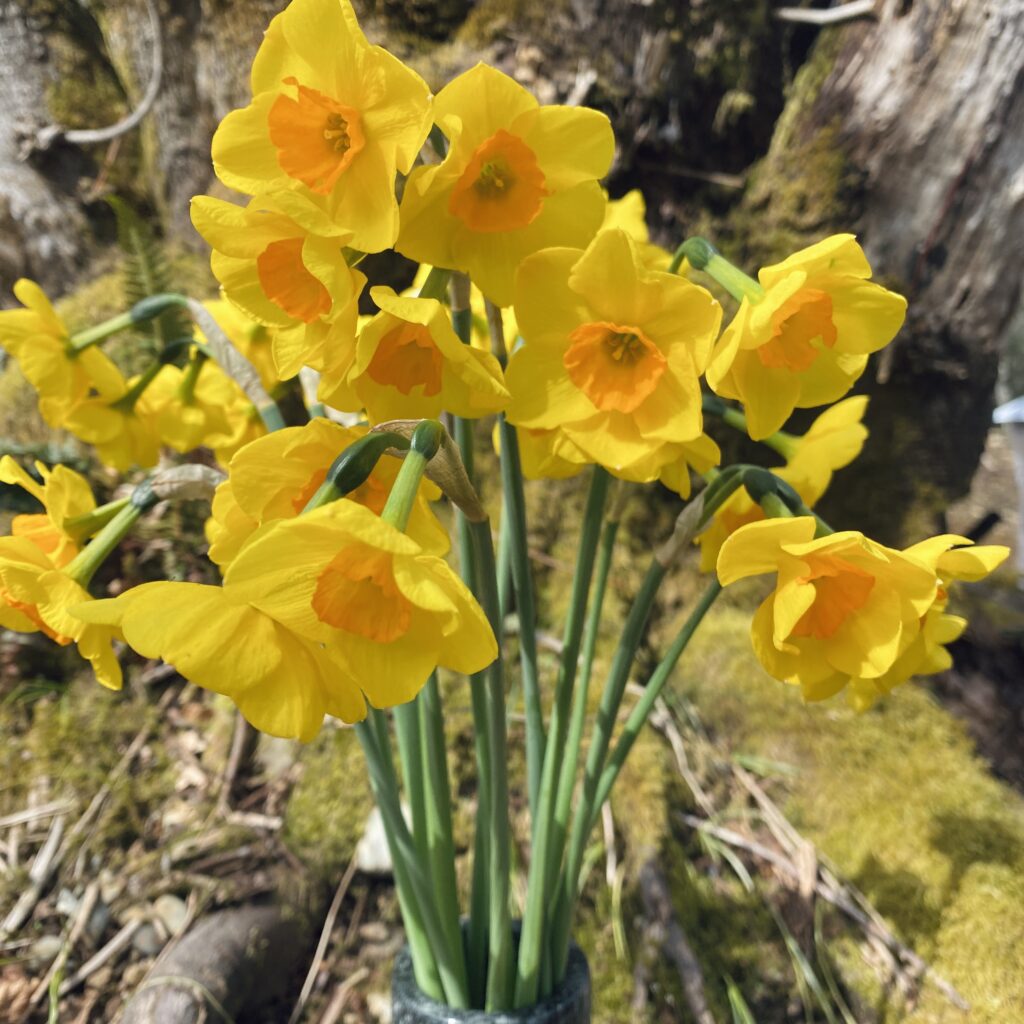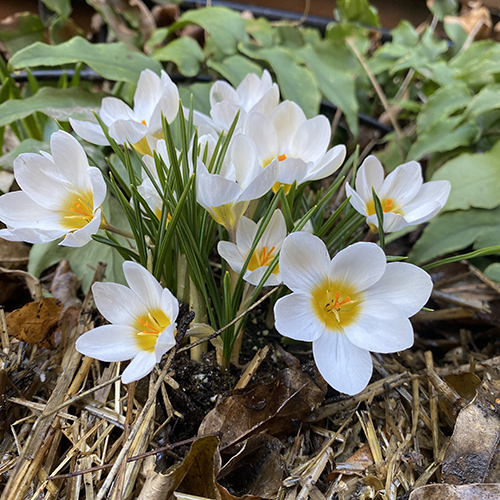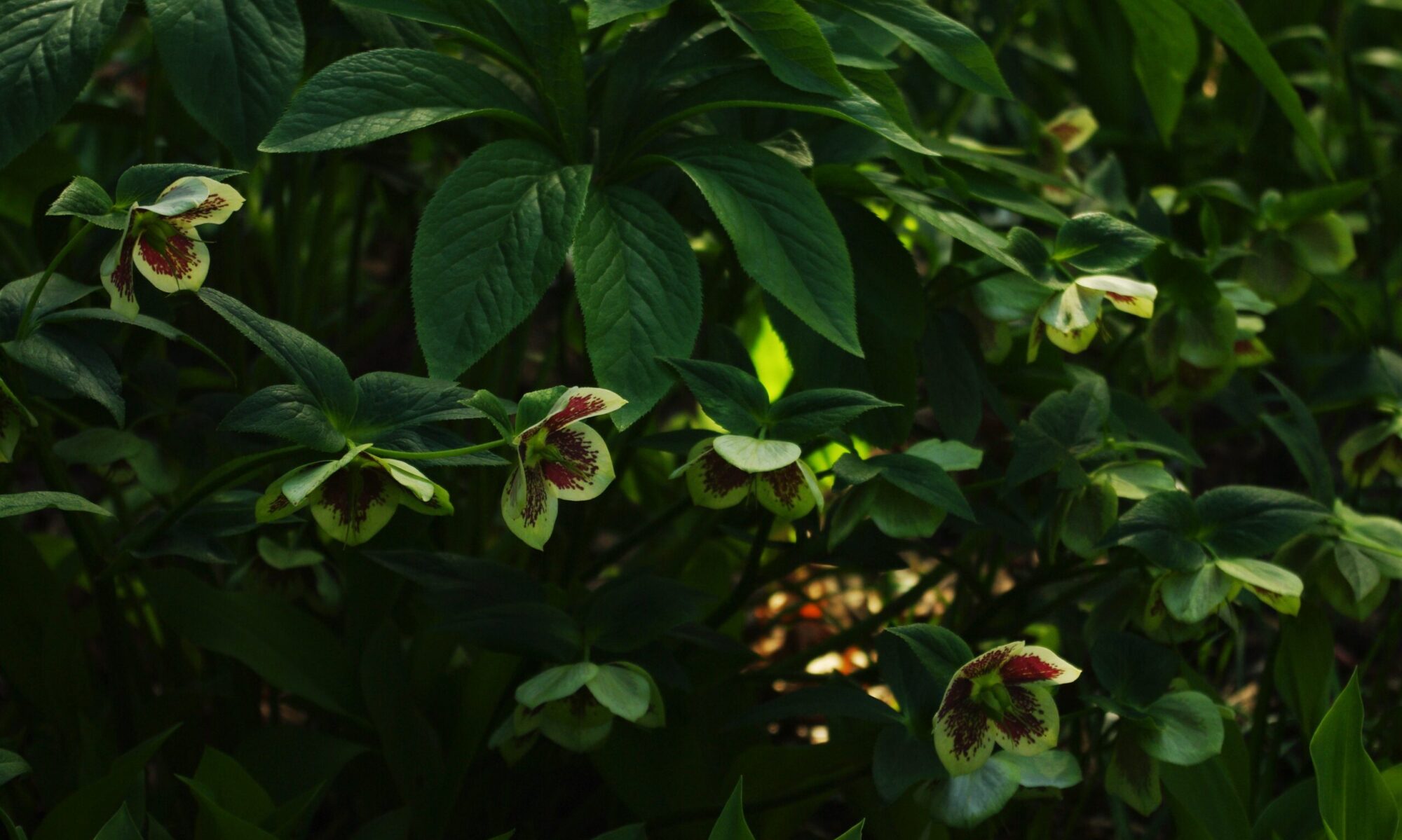
Gardenlore’s Spring Flowering Bulbs
I hope you’ve had a lovely summer in the garden, and have enjoyed the fruits of your labour, be they ornamental or edible, and can begin to think about winding down as the weather changes.

But if you haven’t had quite enough, and are looking ahead to Spring 2024, GardenLore’s website now has a selection of over 100 varieties of bulbs, most of them deer and rabbit resistant, and many drought tolerant varieties as well.
You’ll find them at: https://gardenlore.ca/bulbs
I think this makes me a bit of a sick puppy, but when I get the last of my bulbs tucked into the ground and think about the bright treasures that will almost magically arise after the long dark winter, I honestly feel like it’s better than money in the bank! Oh dear.
Normally we don’t recommend planting bulbs until the ground cools a bit, usually around Thanksgiving. But if this fall is as warm as the past few, I would wait until October, or even into November. The risk of planting too early is that they may sprout in the warm soil, and their tender tips will no doubt be ravaged by the cold and wet of winter. Much better to have them snug below ground.
Warm regards and happy gardening,
Joan

A Short Rant on Stupid Deer
We’ve been telling this joke for years: Whenever someone comes to our table and says “that plant is deer resistant? My deer love that!”… and we say “well, it’s a well known fact that deer can’t read”. Badum-pum-tshhh.
We’ve talked to folks from all over Vancouver Island who are all to happy to rant about what damage the deer have wrought, and no two stories are the same. The truth is that there’s an incredible amount of variables at play here: not all deer are going to have a taste for the same things, and what they choose to eat will be very much based on what’s available to them, so if the pickings are slim, they’ll start to munch on the things they’ve been avoiding. If you’ve been around the block, you’ll have noticed this; some years they won’t touch ________ and other years it’s been mowed to the ground.
It’s incredibly frustrating, because there’s no one size fits all solution. It’s a lot of trial and error. Curiously, my son was able to grow some incredibly tasty deer treats in Saanich on an unfenced property that saw at least 4-5 deer pass through every single day. The secret? His plants were not on their routine path through the property, and so they passed by unnoticed. I suspect that had he stayed there for longer than 3-4 years, or if there wasn’t such a wealth of tasty food around, the deer would have wised up to the gambit.
Consequently, we try to make a distinction between deer resistant, and deer proof. The former are plants that are not on most deer’s top lists for lunch, and so with a bit of luck and some better food around, you likely won’t see much, or any damage to them. The latter category are plants that are toxic to deer and they will not under any circumstances eat them. Except when you encounter my nemesis…
Stupid deer. Like humans, I can’t help but suspect that deer have a range of abilities and intelligence levels. That would make sense, after all. Now I’m not an ungulate behaviourist, but I have to imagine that there are two kinds of deer who will try a plant that will literally kill them if they eat too much of it: young deer who don’t yet know better, and that one Bambi who’s two bricks short of a dozen.
There is nothing in the world that you can do to protect against stupid deer short of a tall fence. These bumbling jerks are just going to cruise around trying *everything* at least once, maybe twice, and perhaps a third time for good measure. The good news is that they generally do stop eating the poisonous plants before they keel over in your front lawn, but be realistic: even if you populate your front garden with deadly nightshade and castor beans (which is what ricin comes from), you’ll at some point go out and discover that they’ve been molested by some deer who doesn’t have two brain cells to rub together. And there just isn’t a thing you can do about it.
The bright side is that even with the less deadly options (like Alliums, Narcissus or Fritillaria), even the stupidest ones won’t (shouldn’t) do so much damage that your entire planting is ruined. Most commonly, I see some half-hearted nibbles on the leaves, an experimental bite or two, and no more. And I’m pretty at peace with that.
That’ll do pig, that’ll do.
